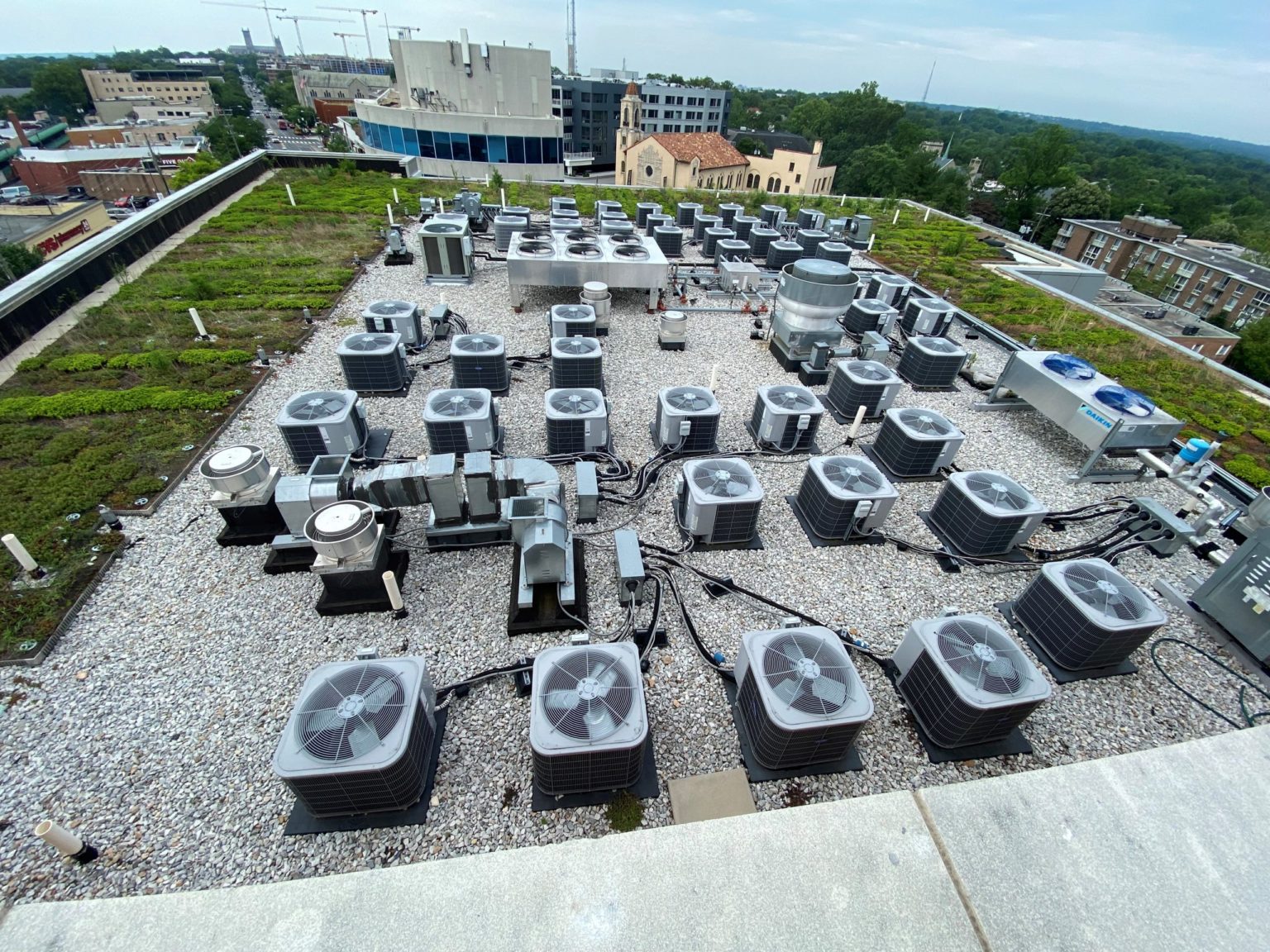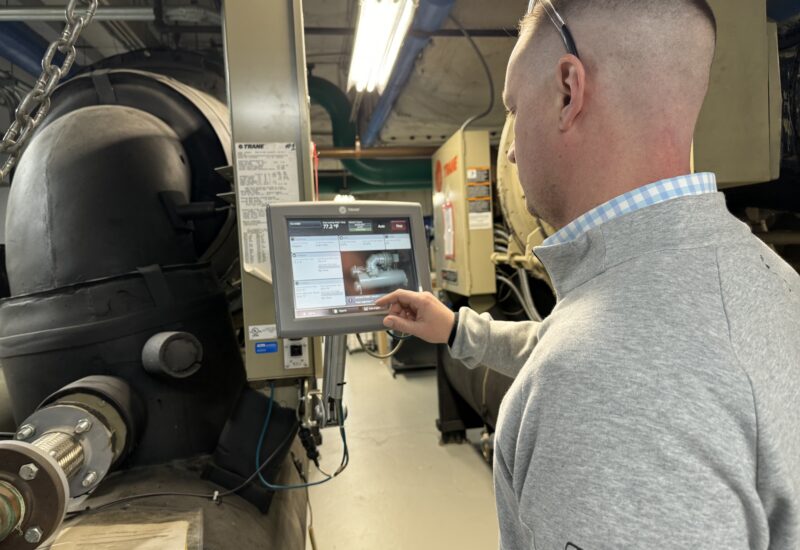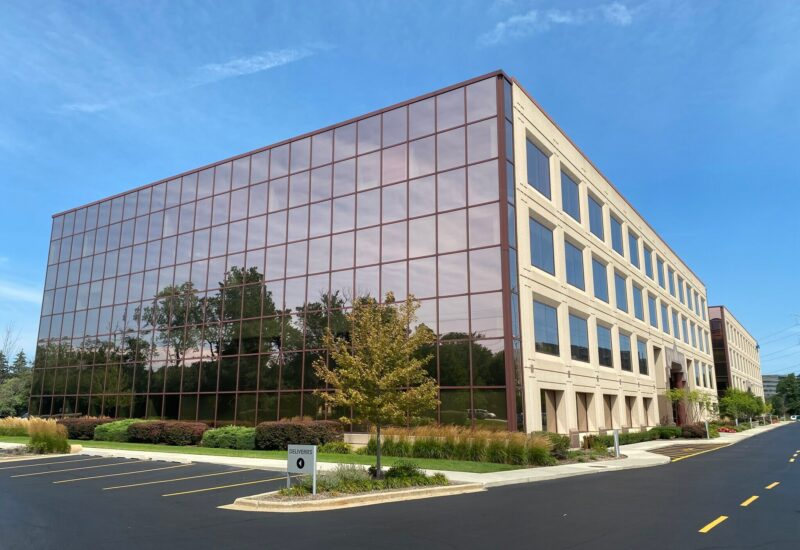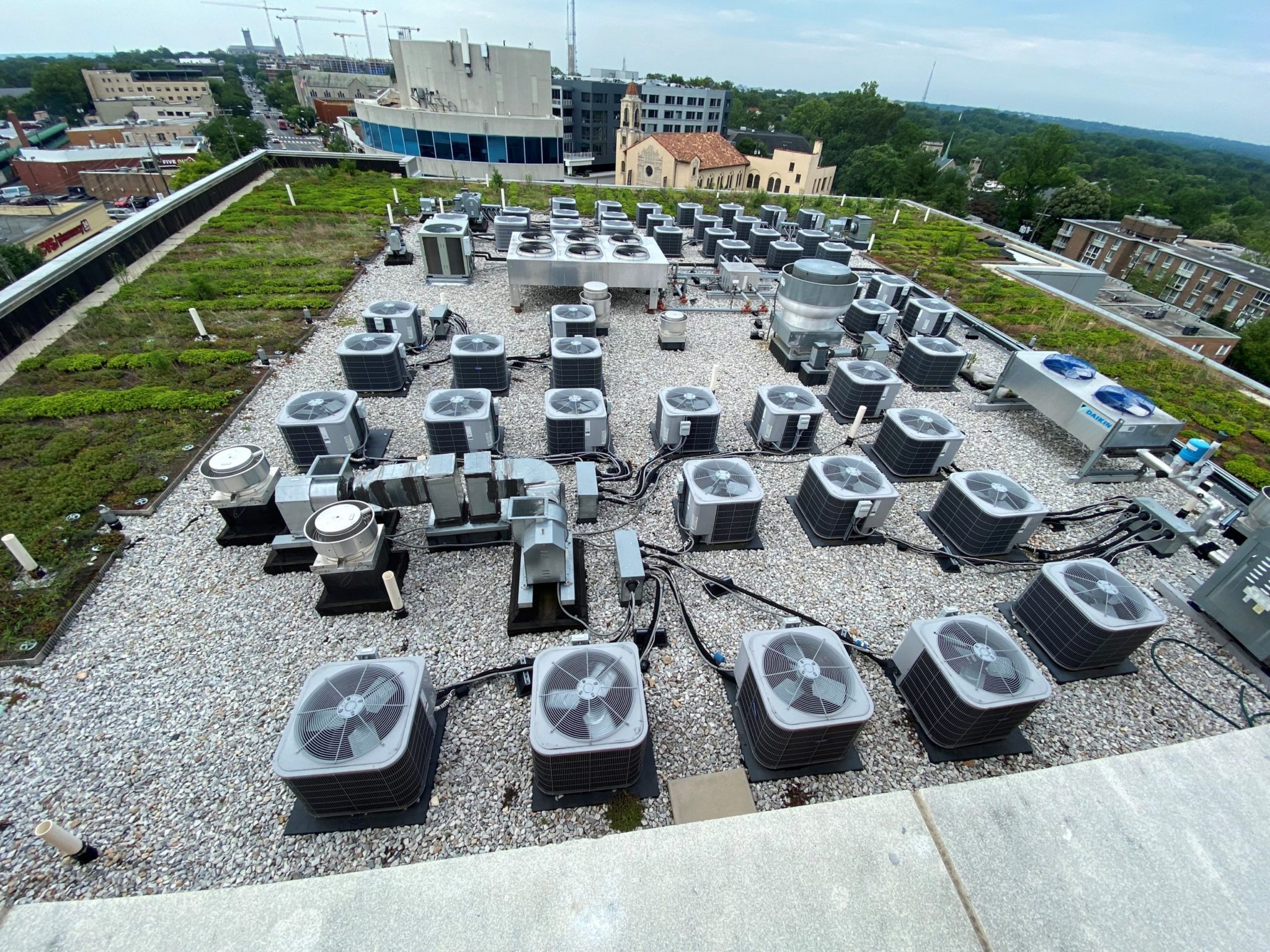The City of Washington DC has finalized the regulations for the implementation of its innovative building energy performance standards (BEPS). The regulations were developed over several months and included opportunities for community involvement along the way. With the regulations established, it is time for building owners, building managers, consultants, and contractors to roll up our sleeves and get to work meeting the BEPS challenges.
In simple terms, the work we must do is to reduce energy use in DC’s existing buildings, but this simple statement of our mission doesn’t fully capture what is needed to fulfill the city’s vision for reducing energy use and emissions from buildings. To achieve the city’s mid-century vision of reaching net-zero greenhouse gas emissions, we must think well beyond the next 5 to 10 years when planning energy efficiency measures and start to think about new ways to design, power, heat, cool, and operate our buildings.
Responses to BEPS – First Lessons Learned!
Thanks to several forward-looking clients, Baumann has already spent the past two years addressing these questions. In the process, we have examined several dozen DC properties seeking to comply with BEPS. We have looked at a wide range of buildings with respect to types, ages, and conditions. This includes buildings on the low end of the Energy Star Scale and buildings that are near to or above the level of performance required by BEPS. From this work, we are already beginning to see several common themes and trends emerge. Let’s look at a few.
Is my building properly benchmarked?
First, getting a property’s benchmarking data correctly is critical. In almost every property we have reviewed, there are aspects of the benchmarking that are incorrect. Issues range from wrong gross floor areas to missing energy use data to improperly categorized usage types. Correcting these errors and omissions sometimes increases an Energy Star Score or sometimes it lowers it. Regardless, starting with the 2023 benchmarking data, all data must be third-party verified and such details will have to be corrected for it to be verified. As a result, compliance for the first BEPS cycle will be based on corrected benchmarking data. So, before you get started determining how to reduce your building’s energy use, take the time to make sure your benchmarking data are correct. Otherwise, you could learn too late that the goals you are working toward are not the right ones for your property.
How do I know which measures will matter most?
Make the effort to understand what drives your building’s energy use. While there are frequently obvious measures, like upgrading to LED lighting, that requires little thought to implement, it is also not always immediately possible to see how a given property might achieve the 20% or more energy use reduction required to comply with the current BEPS cycle, much less what might be needed to comply under future BEPS cycles. This insight comes from our experience developing models of building energy use and what it reveals about the features that drive and control energy demand. For example, in more than one case we have seen the great potential to reduce energy use by upgrading aging mechanical systems during our first pass through a property. However, when we developed calibrated models of building energy use, we realized that energy use is driven largely by the design and condition of the building envelope. In these cases, no matter what mechanical improvements are made to the property, it cannot even achieve an average level of performance unless the building envelope deficiencies are addressed. As a result, the long-term potential for energy reduction and BEPS compliance are limited. Without getting too deeply into the ways these cases might be addressed, it is clear that at a minimum these properties need to work on building envelope upgrades into their long-term planning if they are to achieve long-term BEPS compliance.
What energy efficiency measures can I expect to implement for BEPS compliance?
Beyond the issues we see with building envelopes, we have seen a number of properties with aging infrastructure. This includes older, sometimes failing, boilers, chillers, air handling equipment, ducting, piping, and other distribution equipment. In these cases, replacement is overdue or soon going to be required due to system failure. These situations offer an opportunity to look for more efficient options that range from upgrading to a more modern and efficient version of the same or to pursuing a major renovation that includes replacing the old system with an entirely different design.
While many of the opportunities we see require significant capital to be addressed, most buildings also have a number of low-cost options that can reduce energy use. These include upgrading lighting to 100% LED with updated controls, upgrading domestic hot water systems, installing low-flow water fixtures, and more.
On the other end of the performance spectrum, there are buildings that comply or almost comply with BEPS that have relatively well-maintained building envelopes with multi-pane glazing systems, hydronic-based heating and cooling systems, full LED conversions, implementation of economizer systems, modern control systems, and quality operations and maintenance programs in place.
With these early insights into what is possible and the types of options that buildings have to reduce energy use, we are encouraged that DC buildings will reduce their energy use and do so while improving their financial situation even before considering the financial ramifications of the BEPS policy.
Click this link for additional details about the BEPS requirement.








